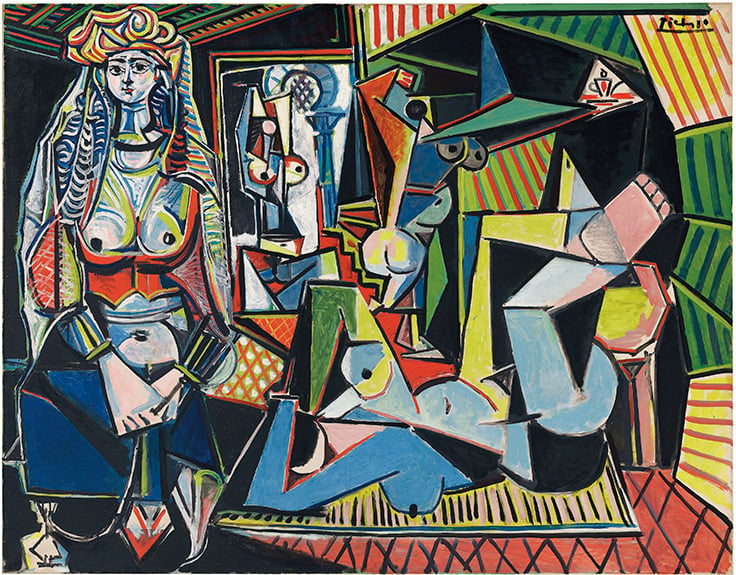
As a result of the newly released “Panama Papers“—a massive data leak of the files of Panama-based law firm Mossack Fonseca—the secret financial dealings of the world’s wealthiest art collectors are finally being made public. Among the latest revelations is confirmation that an Amedeo Modigliani embroiled in a long-running Nazi restitution case belongs to the Nahmad family, and word that the famed 1997 sale of the collection of Victor and Sally Ganz at Christie’s New York was actually arranged by billionaire currency trader Joseph Lewis.
The $206 million sale of the Ganz Collection was conducted via Simsbury International Corp., a company, the papers note, which “appears to have been created solely for the Ganz transaction.”
Related: What You Need to Know about the Latest Panama Papers Revelations
This sale set a private collection auction record, with Pablo Picasso’s Women of Algiers (version O) fetching a then-astounding $31.9 million, and is considered a watershed moment in the business. Speaking to the Guardian, Todd Levin, director of the Levin Art Group, likened the sale “a steroid injection to the market,” that marked art as a prime investment alternative, elevating it to the status of global commodity.
Joe Lewis, billionaire art collector, played a major role in the 1997 Ganz collection sale, the Panama Papers have revealed.
Photo: courtesy Tavistock Group.
The secret behind the November 1997 sale was that Lewis had already purchased the cream of the Ganz collection from a Christie’s subsidiary, London’s Spink & Son, on May 2 of that year. The same day, terms were drawn up for an auction at Christie’s, with the understanding that Lewis and Spink would share equally any profits from the sale above $168 million.
In other words: an early auction guarantee. If the works failed to find a buyer on the auction block, Lewis would pay for them. (The auction catalogue noted that “Christie’s has a direct financial interest in all property in this sale,” but much of risk appears to have been Lewis’s, who was also the auction house’s primary shareholder at the time.)
Pablo Picasso, The Dream (1932).
Photo: courtesy Wikimedia Commons.
To handle the transaction, Lewis operated through Simsbury International, based on the small South Pacific Island of Niue; Mossack Fonseca was its registered agent, and other firm employees served as “nominee directors” who, on paper, controlled its activities.
The leaked documents include the minutes from a 1997 directors meeting which reveal Lewis’s heavy involvement: “The company shall open a bank account with Republic National Bank of New York [Suisse] SA… and by means of this resolution grants power of attorney to Mr Joseph Charles Lewis… to open and manage the company’s bank account.”
For Lewis, his bets paid off, with lots like Picasso’s The Dream (of his mistress Marie-Thérèse Walter) and Femme en Chemise selling for $3.5 million and $5 million more, respectively, than the original purchase price. Women of Algiers sold for $180 million at Christie’s in May 2015, becoming the most expensive artwork ever sold at auction.